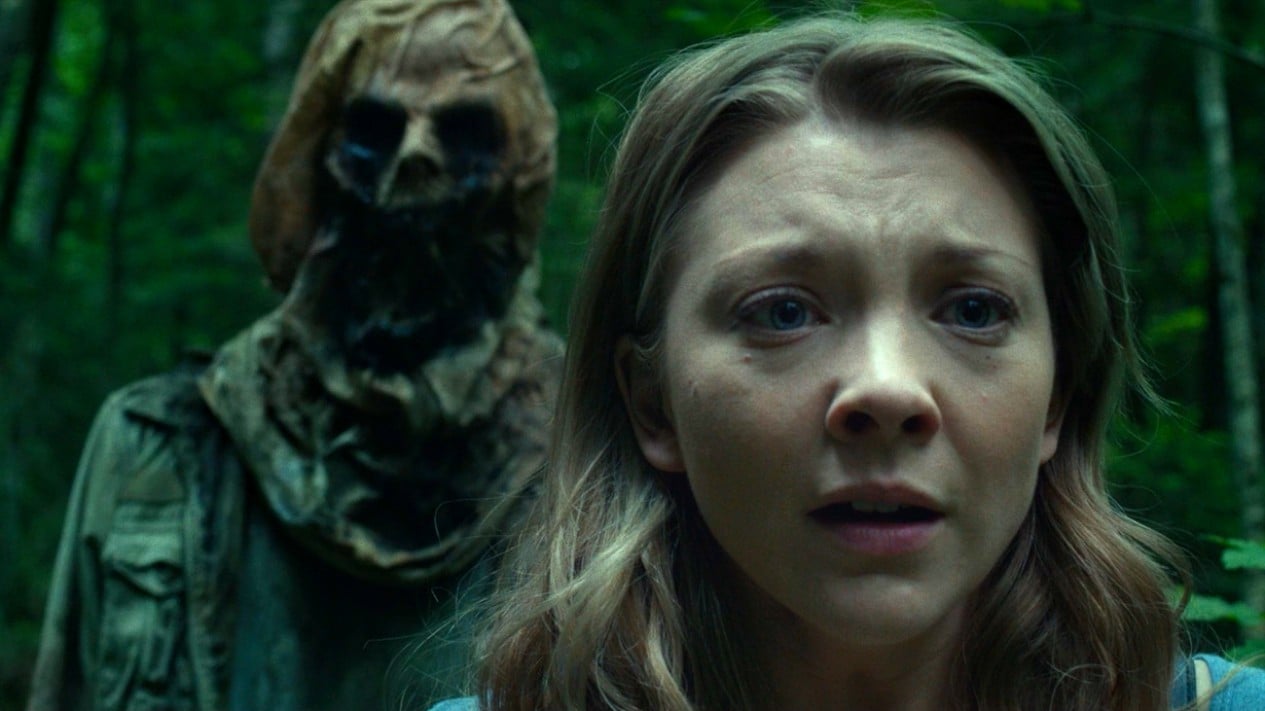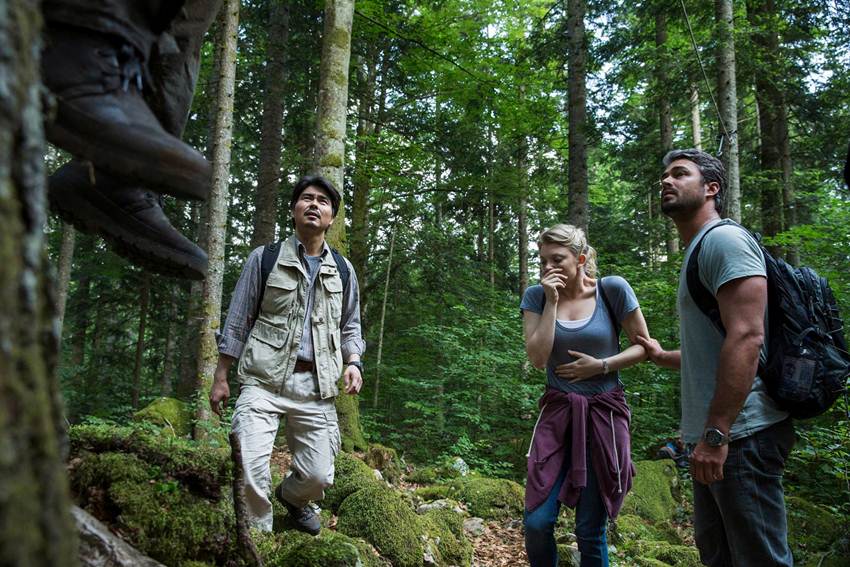The Forest (2016): A Psychological Descent into Japan’s Haunted Woods
The Forest (2016) is a supernatural horror film directed by Jason Zada and starring Natalie Dormer in a chilling dual role. Set in the real-life Aokigahara forest—infamously known as Japan’s "Suicide Forest"—the movie blends psychological horror with cultural mysticism to explore grief, identity, and the power of the unknown. Though met with mixed critical reception, The Forest delivers an eerie and unsettling atmosphere that lingers long after the credits roll.
The story follows Sara Price, a young American woman who travels to Japan in search of her identical twin sister, Jess, who has mysteriously vanished. Jess was last seen entering Aokigahara, a dense and isolated forest at the base of Mount Fuji. Despite warnings from locals and forest rangers, Sara is determined to enter the forest herself, convinced her sister is still alive.

Accompanied by Aiden, a travel journalist she meets in Tokyo, and a local guide named Michi, Sara enters the haunting wilderness. From the outset, the forest exerts an oppressive and otherworldly influence. It’s quiet—unnaturally so. Twisted trees and thick mist obscure all sense of direction. Legends say the forest is haunted by yūrei, or angry spirits of those who have died by suicide. As night falls and strange phenomena begin, Sara finds herself tormented by visions, apparitions, and the increasingly unnerving sense that something is watching.
The film blurs the line between reality and hallucination. As Sara ventures deeper into the forest, her grip on sanity begins to slip. She sees flashbacks of childhood trauma, confronts guilt over her complicated relationship with Jess, and encounters ghostly figures whose intentions are unclear. The isolation of the forest magnifies her inner fears, turning her own mind into a source of terror. Dormer’s performance is the film’s strongest element—she plays both Sara and Jess with nuance, capturing the tension between two women shaped by tragedy in different ways.

Visually, The Forest is stunning and atmospheric. The natural setting—filmed primarily in Serbia to stand in for Aokigahara—adds authenticity to the haunting tone. Dense foliage, low light, and oppressive silence create a claustrophobic environment where the supernatural can thrive. The forest feels alive, and not in a comforting way.
Despite its strengths, the film has been criticized for relying too heavily on jump scares and horror clichés. The pacing can be uneven, and some critics felt it failed to fully explore the cultural and psychological themes it raises. There was also controversy surrounding the use of Aokigahara, a real location associated with mental health struggles, as a backdrop for entertainment. Some viewers found the film insensitive, while others appreciated its attempt to bring awareness—however indirectly—to real-life issues of depression and suicide.

In conclusion, The Forest (2016) is a psychological horror film that thrives on mood, isolation, and emotional complexity. It’s not a conventional ghost story, but rather a slow-burning descent into grief, guilt, and the dangerous terrain of the mind. While not without flaws, it offers a memorable performance from Natalie Dormer and a chilling setting that leaves viewers with a lasting sense of unease. For those drawn to horror rooted in real-world mystery, The Forest offers an unsettling journey into one of the world's most haunted places.



